Suggestions to prevent blotching when refinishing pine furniture
RocksAndRoses
9 years ago
Related Stories
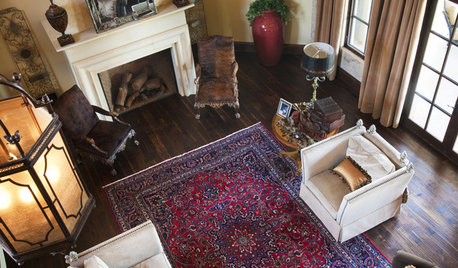
RUGSPrevent Slips and Floor Damage With the Right Rug Pad
Here's what to know about sizes, materials, costs and maintenance of this important companion to your area rugs
Full Story
GREAT HOME PROJECTSWhat to Know Before Refinishing Your Floors
Learn costs and other important details about renewing a hardwood floor — and the one mistake you should avoid
Full Story
REMODELING GUIDESWhen to Use Engineered Wood Floors
See why an engineered wood floor could be your best choice (and no one will know but you)
Full Story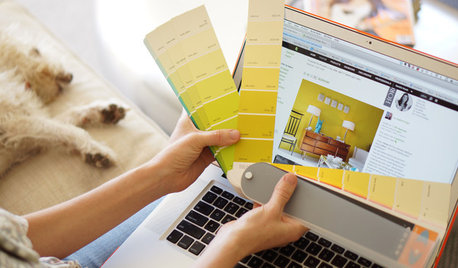
WORKING WITH PROSWorking With Pros: When You Just Need a Little Design Guidance
Save money with a design consultation for the big picture or specific details
Full Story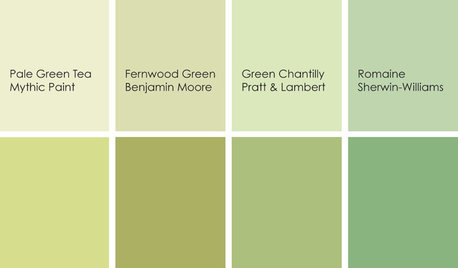
KITCHEN DESIGNCooking With Color: When to Use Green in the Kitchen
Consider a taste of Romaine or Pale Green Tea to make your kitchen walls or cabinets the freshest ones around
Full Story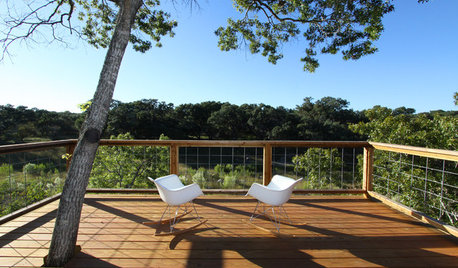
GREAT HOME PROJECTSHow to Refinish a Wood Deck
Keep your deck looking its best — and save feet from splinters — by applying a new stain and sealant every year or so
Full Story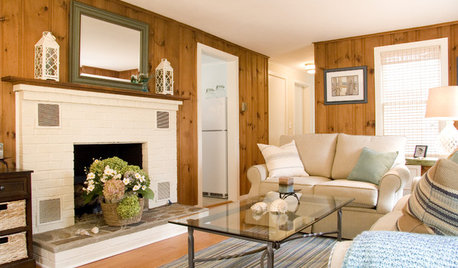
WALL TREATMENTSThese Are Not Your Grandfather’s Pine Walls
The knotty look went from popular to pariah in years past, but today’s designers are finding new and stylish ways to embrace it
Full Story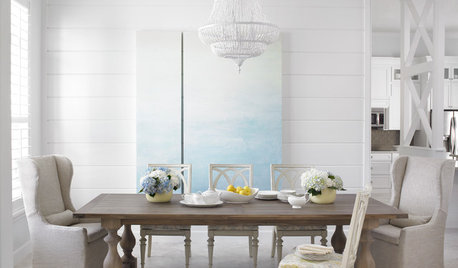
FURNITUREForever Furniture: A Buyer’s Guide to the Dining Table
There comes a time when a make-do piece of furniture won’t do. We give you a leg up on choosing the right table for you
Full Story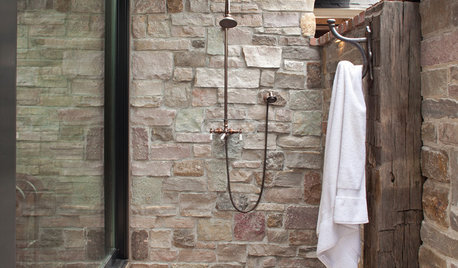
GARDENING AND LANDSCAPING28 Outdoor Projects Everyone Should Know About
Learn how to refinish your wood deck, make a garden fountain, add a shed and more
Full Story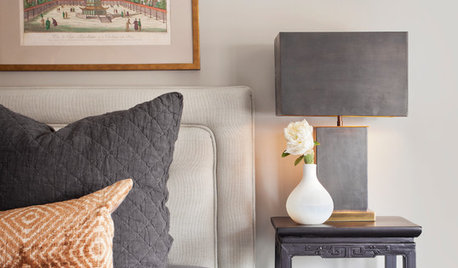
FURNITURE10 Secrets of Successful Secondhand Furniture Shopping
Design professionals offer tips on how, where and what to buy
Full Story








klem1
RocksAndRosesOriginal Author
Related Professionals
Crestline Cabinets & Cabinetry · Milford Mill Cabinets & Cabinetry · Pearland Carpenters · Ridgewood Carpenters · Cutlerville Flooring Contractors · Dunwoody Flooring Contractors · Ossining Flooring Contractors · Reading Flooring Contractors · Sarasota Flooring Contractors · Stockton Flooring Contractors · Westerville Flooring Contractors · Worcester Flooring Contractors · Norwalk Furniture & Accessories · West Palm Beach Furniture & Accessories · Pinehurst Furniture & Accessoriesklem1
RocksAndRosesOriginal Author